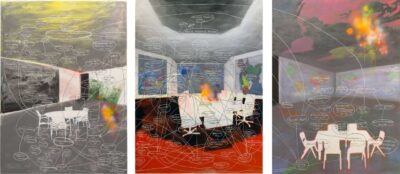
Acrylic and vinyl on canvas
TriptychEach panel: 140 x 190 cm
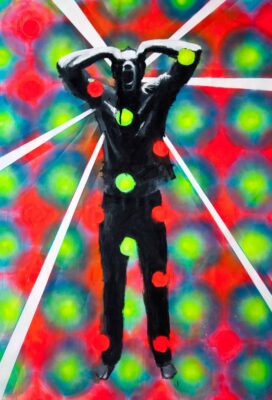
Oil and spray paint on canvas
190 x 130 cm
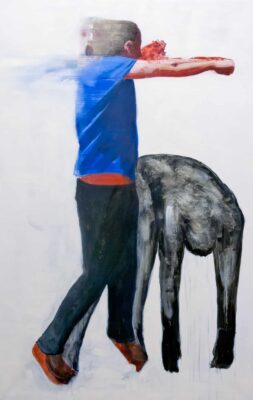
Oil on canvas
190 x 120 cm
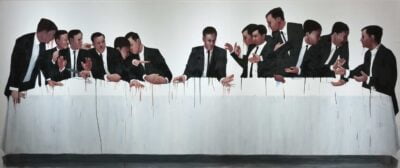
Oil and venyl on canvas
190 x 450 cm
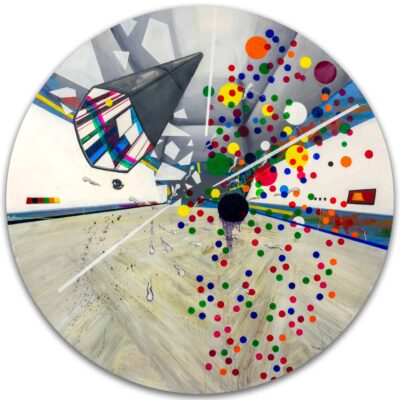
Oil on aluminium
200 cm ø
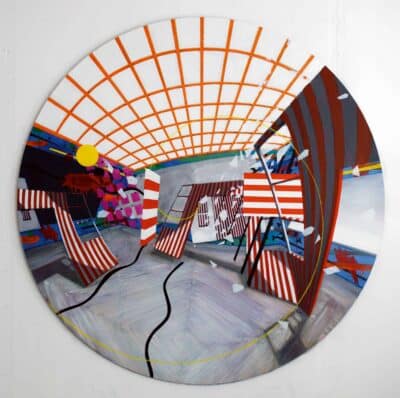
Oil on aluminium
200 cm ø
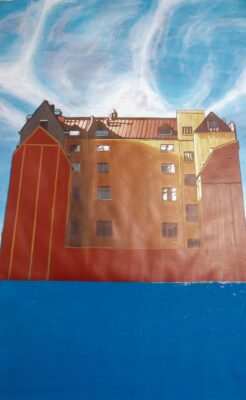
Oil and acrylic on paper
175 x 115 cm
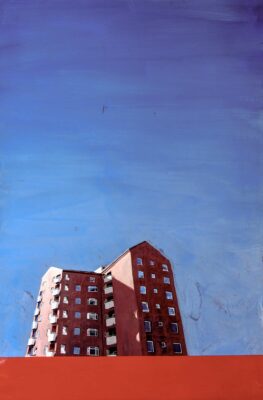
Oil and acrylic on paper
175 x 115
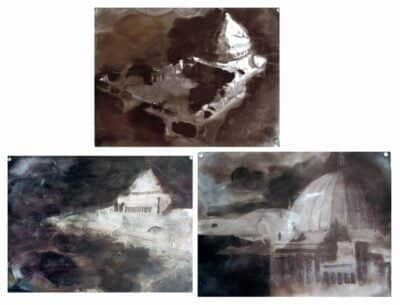
Ink on paper
Each: 50x70cm
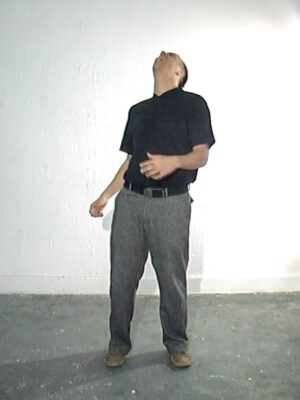
Video
3 min
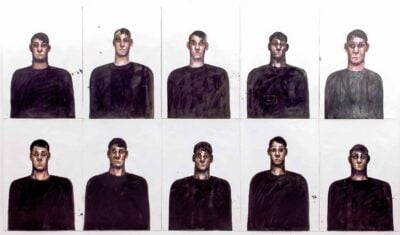
Water colour on paper
70 paintings
Each painting: 100 x 70 cm
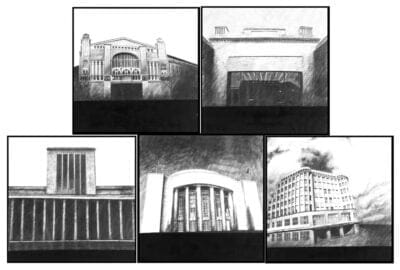
Pencil and acrylic on paper
Each: 70 x 70 cm
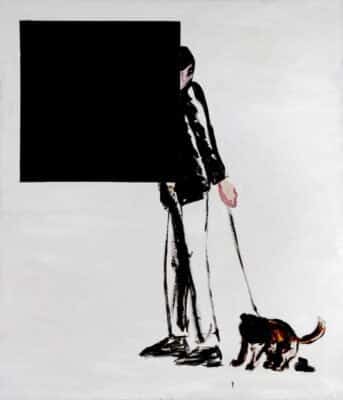
Oil and enamel paint on canvas
150 x 130 cm
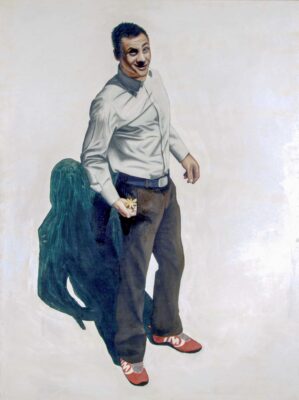
Oil on canvas
200 x 150 cm

Oil on canvas
Diptych
Each panel: 150 x 140 cm
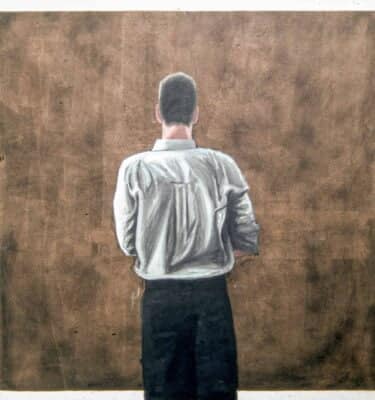
Oil on canvas
150 x 140 cm
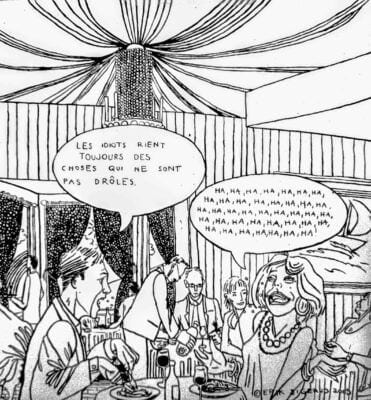
Acrylic on canvas
180 x 170 cm
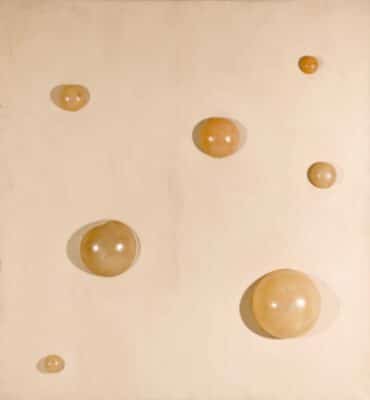
Acrylic and polyester on canvas
150 x 140 cm
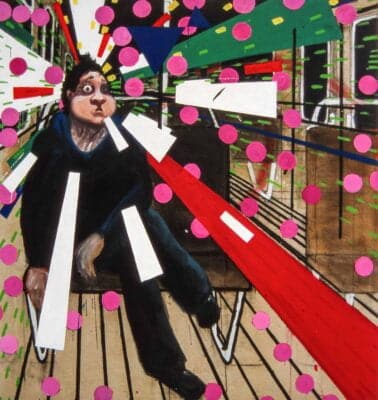
Acrylic on canvas
180 x 170 cm
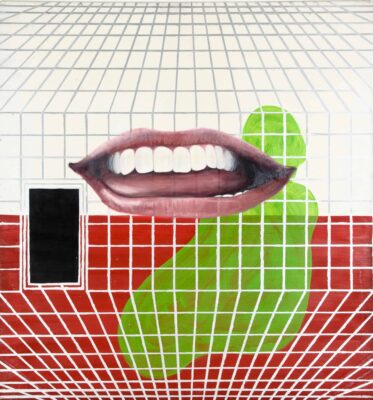
Oil on canvas
180 x 170 cm
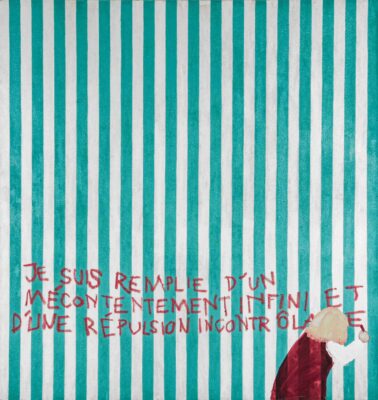
Oil on canvas
180 x 170 cm

Oil on canvas
180 x 170 cm
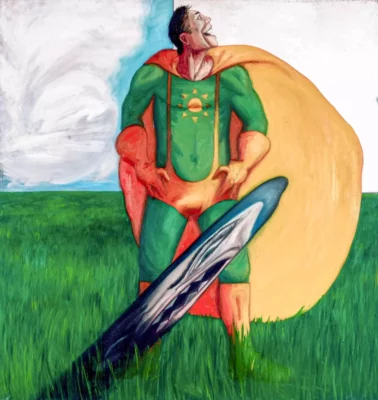
Eil on canvas
180 x 170 cm
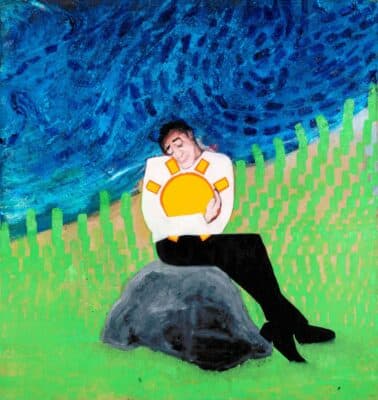
Oil on and enamel paint on canvas
180 x 170 cm
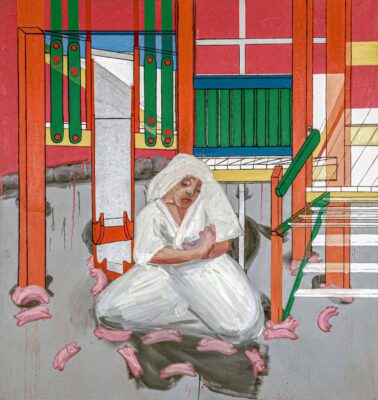
Oil and acrylics on canvas
180 x 170 cm
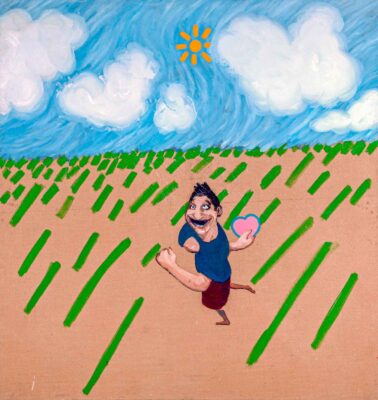
Oil on canvas
180 x 170 cm
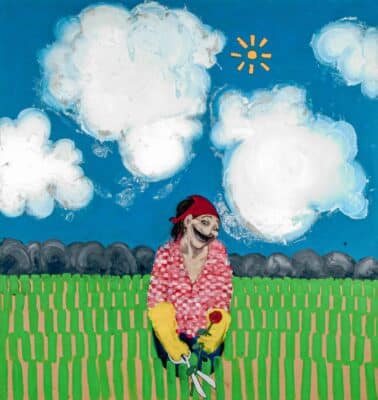
Oil on canvas
180 x 170 cm
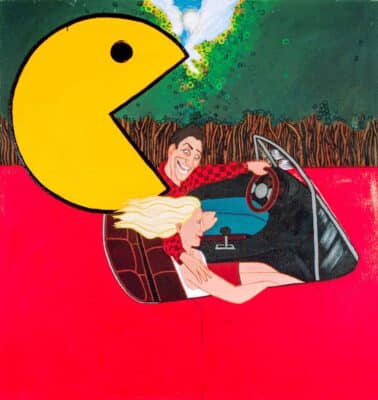
Mixed media on canvas
180x170cm
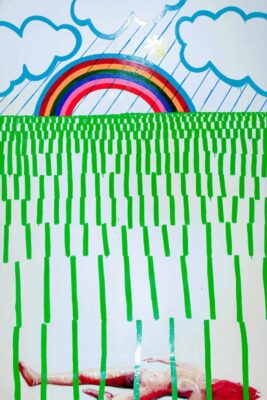
Oil on canvas
300 x 200 cm
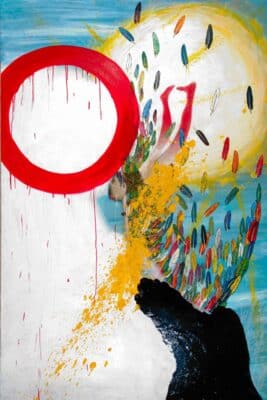
Oil on canvas
300 x 200 cm
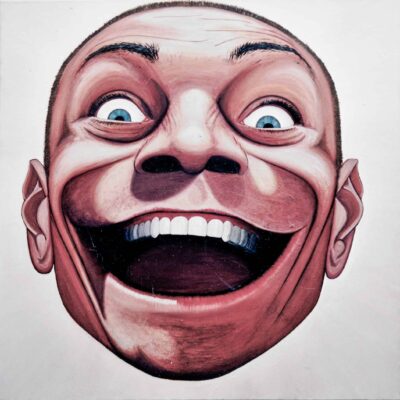
Oil on canvas
200 x 200 cm
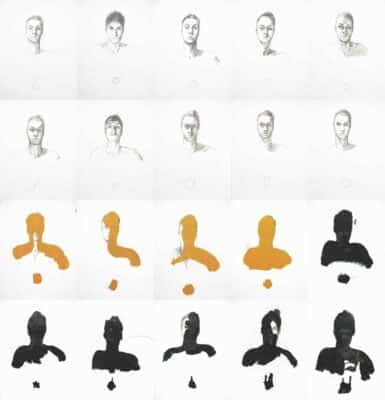
Pencil and enamel paint on paper
20 drawings
Each panel: 65 x 50 cm
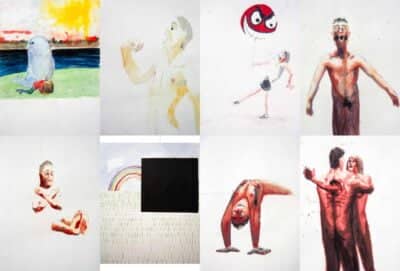
Water colour on paper
76 x 56 cm
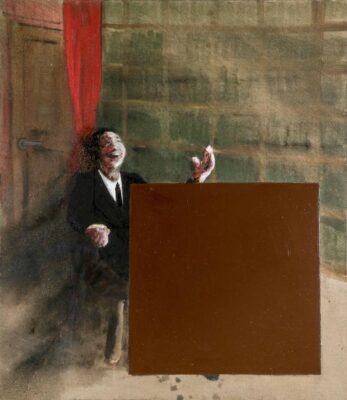
Oil and enamel paint on canvas
150 x 130 cm
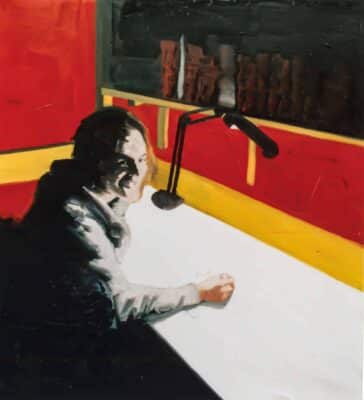
Oil on canvas
110 x 100 cm
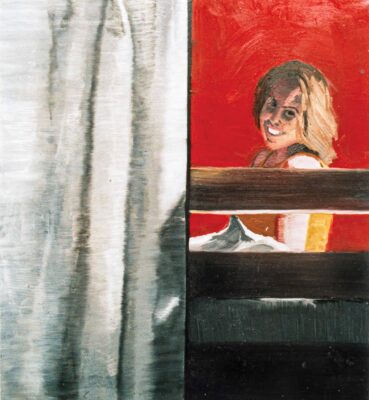
Oil on canvas
110 x 100 cm
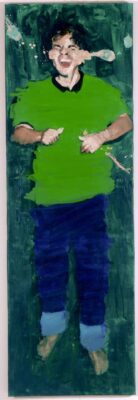
Oil on canvas
185 x 60 cm
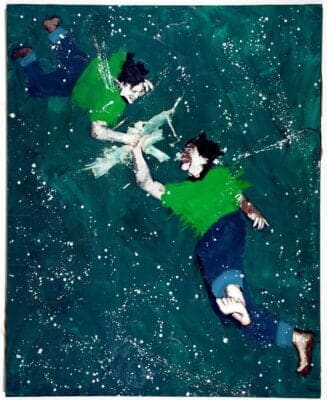
Oil on canvas
250 x 200 cm
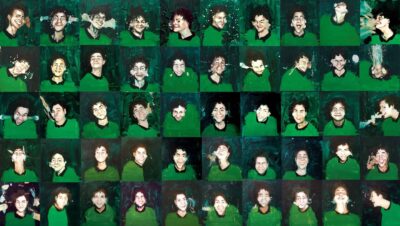
Oil on canvas
50 paintings
Each panel: 51 x 40 cm
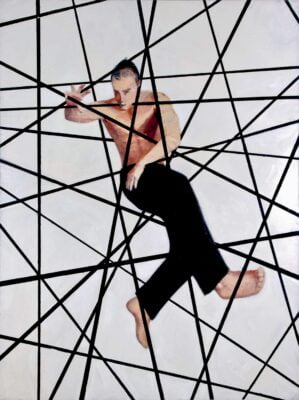
Oil on canvas
200 x 150 cm
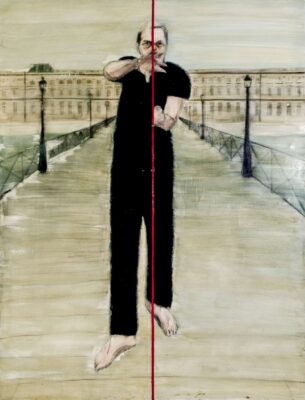
Oil on canvas
200 x 150 cm
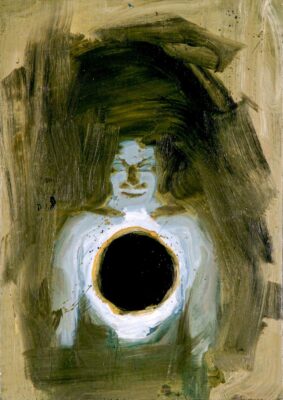
Oil on canvas
81 x 57 cm
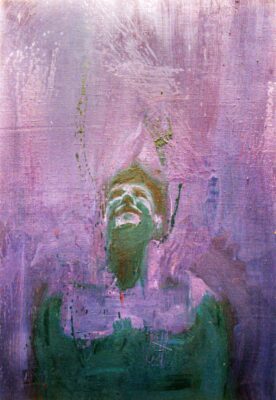
Oil on canvas
81 x 57 cm
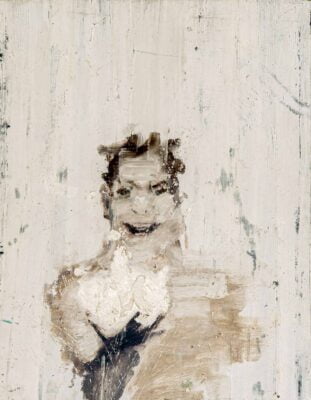
Oil on canvas
68 x 53 cm

Oil on canvas
62 x 54 cm
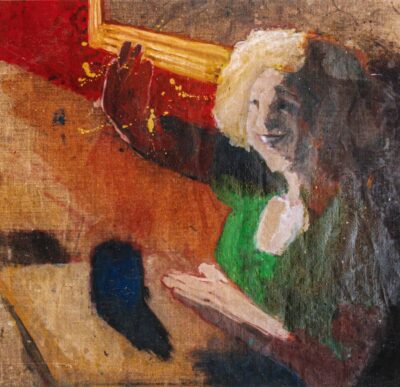
Oil on canvas
57 x 60 cm
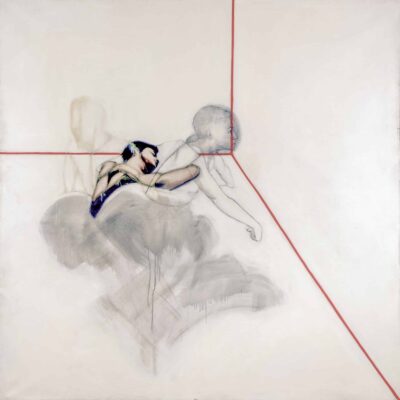
Oil on canvas
200 x 200 cm
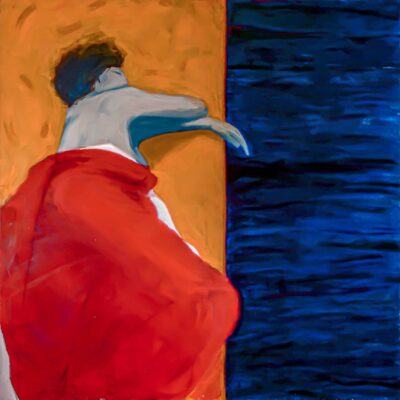
Oil on canvas
200 x 200 cm
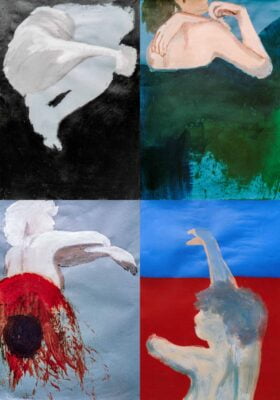
Acrylic on paper
100 x 70 cm
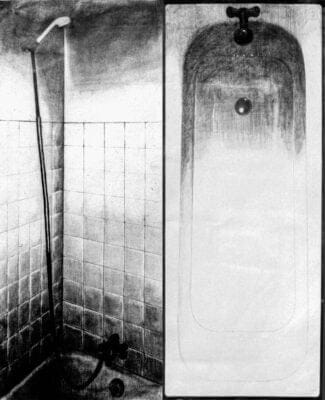
Pencil on paper
106 x 43 cm
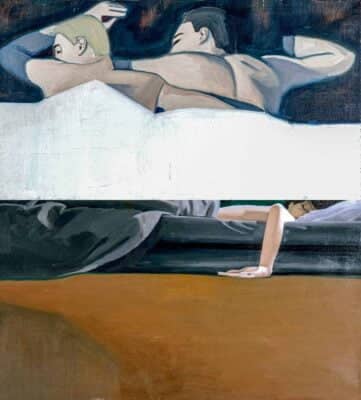
Oil on canvas
72 x 130 cm
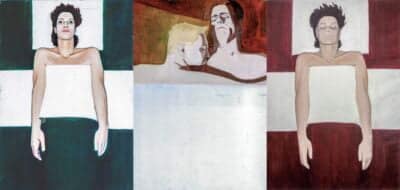
Oil on canvas
100 x 70 cm
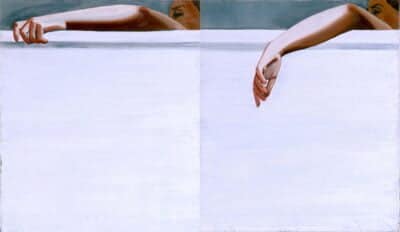
Oil on paper
76 x 65 cm
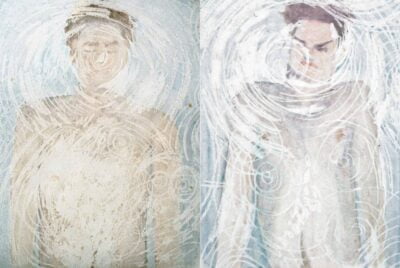
Water colour and oil pastel on paper
75 x 56 cm
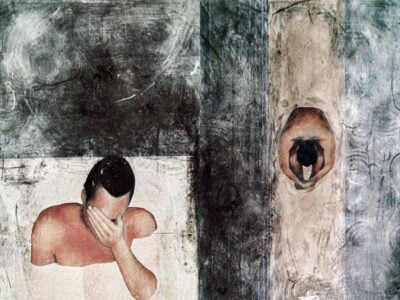
Pastel and greaseproof on paper
96 x 66 cm
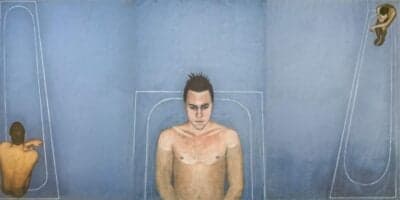
Pastel on paper
94 x 64 cm
Visual contrasts in painting
In my older works, visual contrasts play a significant role. By combining sharp lines and soft textures, I created tension within the composition. The contrast between abstract and figurative elements is a recurring theme. These contrasts mirror how we experience life – where opposites coexist and interact. Through these paintings, I examined how different elements could form a unified whole, reflecting the complexity of human perception.
Early experiments in layering techniques
Layering was a key technique in these early paintings. I experimented with various materials and methods to build depth, both visually and conceptually. Each layer adds a new dimension, much like how individual experiences combine to shape our understanding of the world. By using collage-like structures, I was able to challenge traditional forms and create works that invite the viewer to look deeper. This technique laid the groundwork for my current practice, where layers are essential for conveying multiple perspectives.
Exploring duality in individual and collective consciousness
The idea of duality—how the individual and the collective shape one another – is central in these older works. I focused on how collective images influence subjective experiences and vice versa. Symbols and fragmented imagery often appear, reflecting the tension between internal thoughts and external realities. These paintings offer a space where the individual and societal narratives collide, creating an open dialogue. The visual language reflects this interplay, with abstract forms suggesting the complexity of human consciousness.
Art as a platform for interpretation
A core principle in my early paintings is that they are open to interpretation. I aimed to create works that do not dictate a single meaning. Instead, these paintings function as platforms, allowing viewers to bring their own perspectives. The ambiguity within the images encourages active engagement, where multiple interpretations are possible. This approach has remained consistent in my work, as I believe art should offer more questions than answers.
Absurdity in social structures
These older works also touch on themes of social norms and structures. I used exaggerated or absurd imagery to critique accepted ways of thinking. The focus is on how social constructions – whether political, cultural, or personal—are often temporary and subject to change. By questioning these structures, I aimed to highlight their artificial nature. The absurdity of life, particularly how it relates to societal expectations, remains a focus in my practice today.